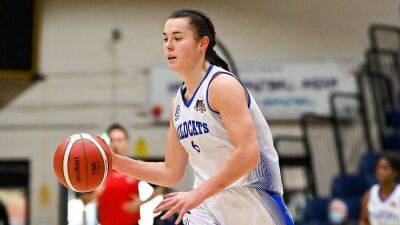"Blue revolution": How farmed seaweed is good for us and the planet
In the clean coastal waters of Western Sweden, not far from Gothenburg, tens of kilometres of ropes are hanging suspended just under the water surface. This is a seaweed plantation — a new farming site worked by Gaëtan Zackrisson and his team.
It's the seeding season, and today they are here to plant more ropes with tiny algae seedlings. Sea lettuce, or Ulva, is an experimental crop, not typically grown on farms at sea.
"These came from the lab this morning — we're going to put it down in the sea to grow here, but it's already eatable. It's pretty nice. It's very small, but it will become about 20, 30, 50 centimetres long — so it becomes a crunchy salad." Explains Gaëtan Zackrisson, Process and cultivation developer, Nordic Seafarm
Every year, more and more of these farms appear along European shores. But most of them produce sugar kelp or other more common seaweed varieties.
Sea lettuce has more protein and is less salty, which makes it tastier and easier to cook.
But its cultivation here remains an exception: the methods of its large-scale production at sea have not yet been fully developed.
This farm believes it's on the right track. Since the pilot plantation, over a year they have increased the size 100 times. They expect to harvest 20 tons of sea lettuce in a couple of months.
This project, backed by the European Union, is deeply rooted in scientific research. Nordic Seafarm began as a university spinoff.
One of its co-founders, Göran Nylund is a researcher who has been working with seaweed for the past 20 years. The success of open-water cultivation largely depends on scientific selection and preparation of the seeding material.
In some sunnier regions, Ulva is grown in tanks on land. But for countries like Sweden, sea





